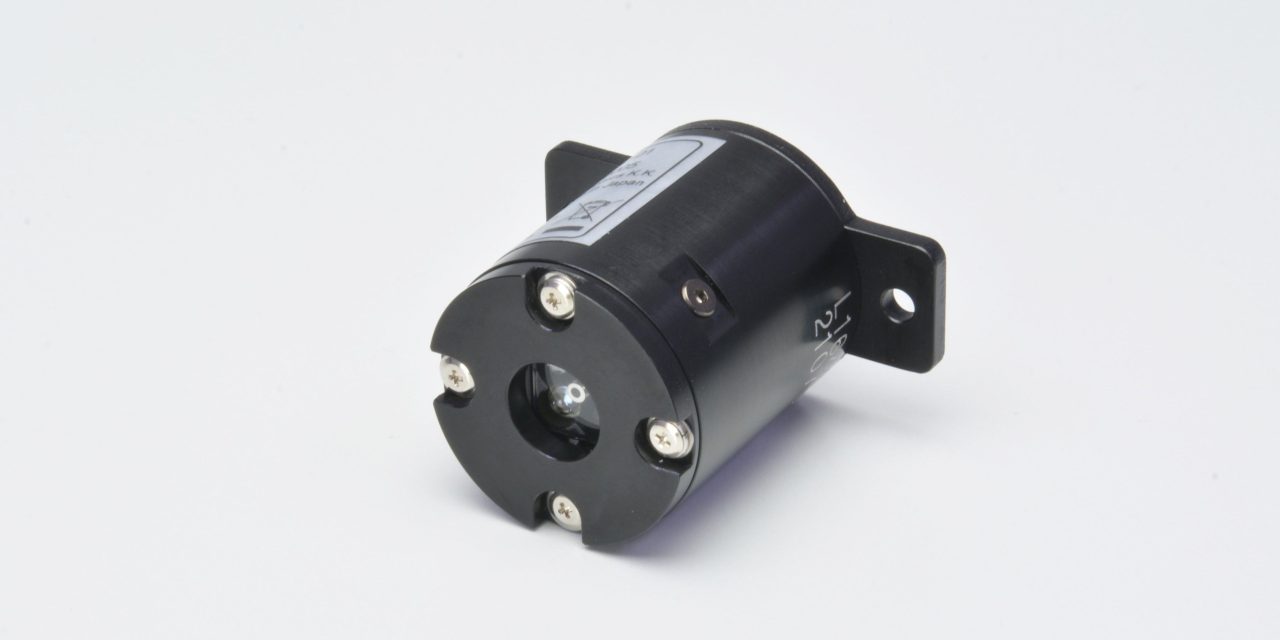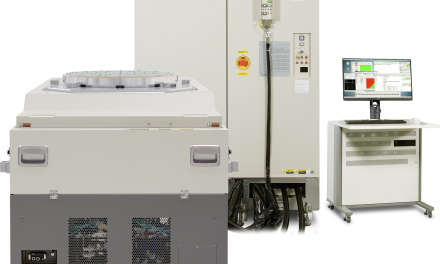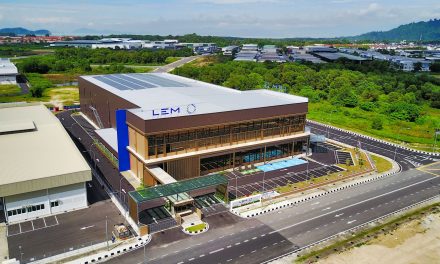An ever-increasing market demand in near-infrared spectroscopy has led Hamamatsu Photonics to design and develop a diffuse reflection light source (L16462-01). The new light source irradiates near-infrared light at wavelengths up to 2,500 nm onto samples and collects the diffuse reflection light (*1) with high efficiency.
This diffuse reflection light source increases the light utilization efficiency in wavelengths ranging from 1,700 nm to 2,500 nm, where light intensity was up to now usually too weak for performing real-time component analysis using near-infrared spectroscopy. Combining this with our high-sensitivity FTIR (*2) spectrometer engine allows for a compact portable FTIR analyzer that is easily installable on production lines for food, pharmaceutical and plastic products. This not only automates the quality control process, but also improves production efficiency and quality control reliability. The L16462-01 also delivers higher accuracy in analyzing samples that contain fats and proteins, etc. Moreover, using it in applications to screen and sort plastics will promote plastic recycling.
The L16462-01 contains four lamps that emit near-infrared light at wavelengths up to 2,500 nm and are optimized for real-time component analysis utilizing near-infrared spectroscopy. While directly irradiating light onto a sample, the light source efficiently collects the faint diffuse reflection light from the sample and guides it to a spectrometer through an optical fiber attached at the center of the L16462-01 light source.
Each molecule has its own vibration and absorbs infrared light at a specific wavelength determined by its energy. This property can be used to analyze and identify the type and quantity of chemical components contained in a sample. As a leading manufacturer of advanced photonic devices, Hamamatsu Photonics develops, manufactures and sells FTIR spectrometer engines that have high sensitivity to near-infrared light in wavelengths ranging from 1,100 nm to 2,500 nm. These are ideal for non-destructive, non-contact component analysis using near-infrared light on production lines. Currently, our FTIR spectrometer engines are used in combination with commercially available light sources. However, the light, from those commercial light sources, is guided through an optical fiber to irradiate the sample, so the near-infrared light is absorbed by the optical fiber causing weak light intensity.
Placing the light source lamp close to the sample and irradiating light directly onto it can reduce light absorption by the optical fiber, allowing for a more efficient use of it. In this method, however, light from the lamp mixes with diffuse reflection light from the sample and generates stray light (*3), making it difficult to perform accurate measurements. To cope with this, we redesigned the light source from scratch to optimize the number of lamps and their positions and angles, as well as improved the light source structure. By taking these steps, we succeeded in developing the L16462-01 diffuse reflection light source that suppresses generation of stray light while the lamps are positioned close to a sample. The light source structure is also optimized to efficiently collect faint diffuse reflection light from the sample.




